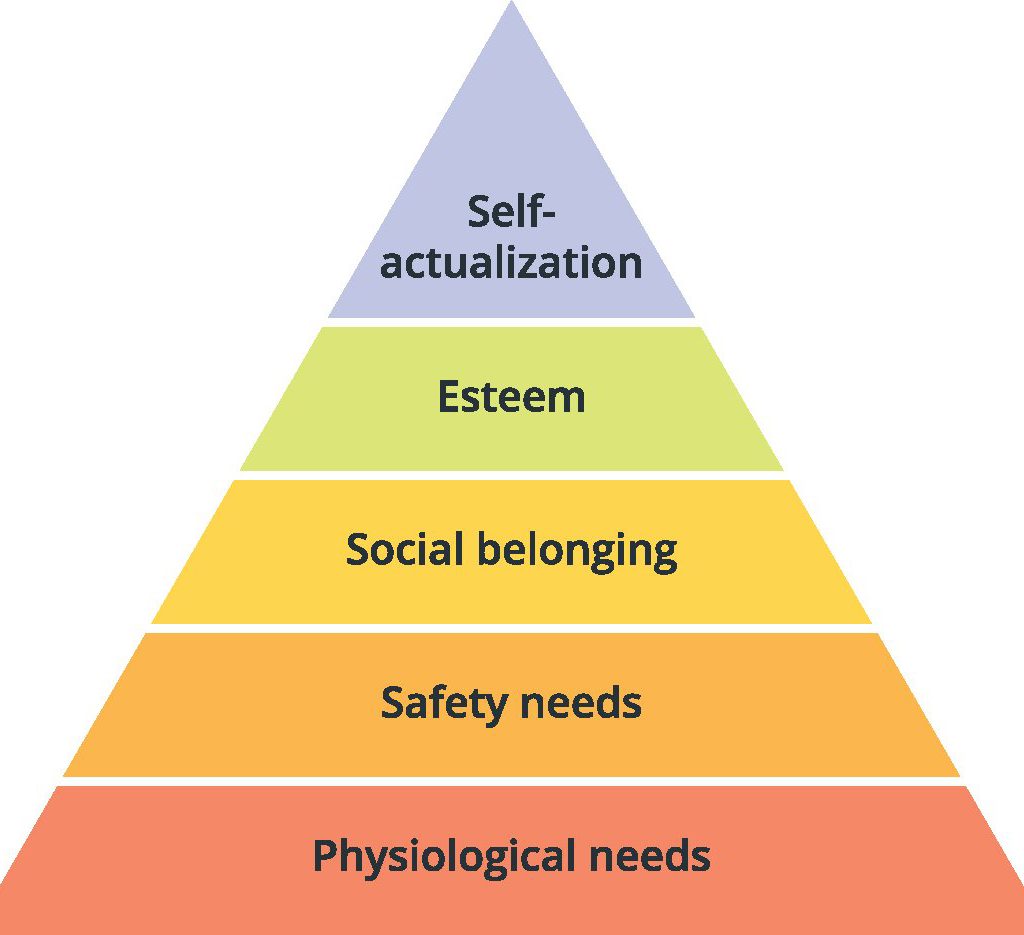Do you know, there are two main reasons as to why work doesn’t get done?
Reason 1 – The employee doesn’t have the skill to do it.
Reason 2 – The employee is not motivated enough.
Here is a simple test to differentiate between the two.
Ask yourself a simple question: If that person’s life depended on the completion of the task, could they do it?
If the answer to this question is YES, the reason for not completing a task lies in motivation.
It is your duty to elicit high performance from your employees.
Let me share with you a little secret:
The secret sauce for good project management is training and motivation.
In this post, we focus on motivation. This is especially important with virtual teams – as you need your team members to driven and achieve their targets/goals without constant supervision.
How does motivation work?
Well, motivation is closely tied to the idea of needs, which is a cause of drive in people.
Basically, if you really need something, you will be motivated to achieve it.
A need, once satisfied, stops being a need, so also stops being a source of motivation.
We can understand this concept better with the help of Maslow’s motivation hierarchy triangle.
Maslow defined a set of needs, as shown below, that tend to lie in a hierarchy.
When a lower need is satisfied a higher need takes over.
1) Physiological needs:
People are motivated to work because they need money. They need the basic things that money can buy, like food, clothing and other basic necessities of life.
2) Security and safety needs:
Money also helps here, people want to earn more as they are afraid of the future. There is a desire to protect oneself from slipping back to a state of being deprived of the basic necessities.
1) and 2) are the very basic levels of motivation.
They make us work just hard enough so that we are not fired. But these needs won’t elicit high performance from your team.
Physiological and security/safety needs can drive people to show up for work, but social and esteem needs drive us to perform once we are there.
3) Social and affiliation needs:
This stems from the desire of a human being to belong to one group or another. But people don’t want to belong to just any group, they want to belong to a group whose members have something in common with them.
We need to understand that social needs are powerful. People like going to work for a group of people who are similar to them.
Here’s how you can practically use the above science to improve your management skill:
Focus on instilling a strong team culture, where every team member feel that they are a part of a tribe.
Team members are more motivated to perform if:
- The project they work for has a purpose.
- This purpose should resonate with them.
- They, and a group of like-minded people, are helping the company achieve its purpose.
- They have a sense of belonging.
These help to fulfill the social needs of an employee.
4) Esteem needs:
All employees crave praise. Awards and recognition form a great source of motivation.
But, here is the catch.
Are the above four sources of needs enough to keep your employees motivated long term?
All sources of motivation mentioned above so far are self-limiting, i.e., when a need is gratified, it can no longer motivate a person i.e once a goal is met, the need to go any further loses its urgency.
So, how do we motivate our employees long term?
To understand this, let me begin by asking you a simple question:
How can a person who is not terribly interested in his work, stretch himself to the limit running a marathon? What makes him run?
The answer:
Gamification!!
He is trying to beat other people or the stopwatch. This is a simple model of self-actualization, wherein people will exert themselves to run further or faster. They will not do it for money, but they will do it just to beat the distance. This is the highest form of motivation.
5) Self-actualization:
Self-actualization stems from a personal realization: “ What I can be, I must be.” This is the need to achieve one’s utter personal best in a field of endeavor.
How can I use this information to motivate my team?
What you can do is to endow work with the characteristics of competitive sport. And the best way to get that spirit into the workplace is to establish some rules of the game and ways for employees to measure themselves.
Eliciting peak performance means going up against something or somebody.
You can achieve this by following these basic steps:
- See the work from your subordinates’ perspective.
- Then you can create indicators and measures that your subordinates can measure themselves by.
- Create a “racetrack,” so that the subordinates can complete with either themselves or with their peers.
Other ways to attain self-actualization motivation:
Create an achievement-driven “racetrack” for your team.
To do this, you need to create an environment that emphasizes output.
An OKR system is great for this.
In an OKR system, objectives should be set high enough, so that even if an individual pushes himself hard, he will only have a 50-50 chance of making it.
Output tends to be greater when everyone strives for a level of achievement beyond their immediate grasp. Such goal setting is important if you want peak performance from your subordinates.
What about money as motivation?
Here is a simple test to determine your motivation type.
If the sum of the raise in your salary is important to you, then you are working in the physiological or safety mode.
But if what matters to you, is how your raise stacks up against the others, then your motivation is self-esteem or self-actualization.
Money can be a source of motivation for physiological, security and social needs. Money can also be a measure of achievement for the self-actualized.
Money in the physiological and security-driven modes only motivate until the need is satisfied, but money as a measure of achievement will motivate without limit.
One last thing:
Comparing our work to sports may also teach us how to cope with failure.
One of the big impediments to a fully committed, highly motivated state of mind is the fear of failure.
Yet we know in competitive sports, at least 50% of all matches are lost. All participants know that from the outset, and yet rarely do they give up at any stage of a contest.
Final note – your role is that of a coach. Turning the workplace into a playing field can turn your subordinates into “athletes” dedicated to performing at the limit of their capabilities—the key to making your team consistent winners.
Liked what you read? Now is the perfect time to take your business to the next level by setting up an offshore team in India.
We have helped all kinds of businesses grow, from funded startups who want to develop rapidly in order to capture the market, to small businesses trying to reduce costs.
Fill in your details below and we’ll get in touch.
[contact-form-7 404 "Not Found"]







